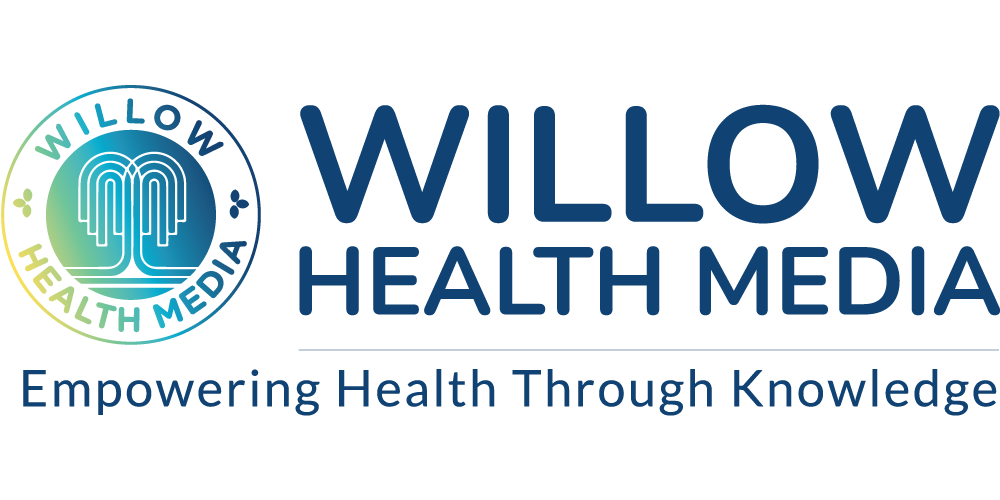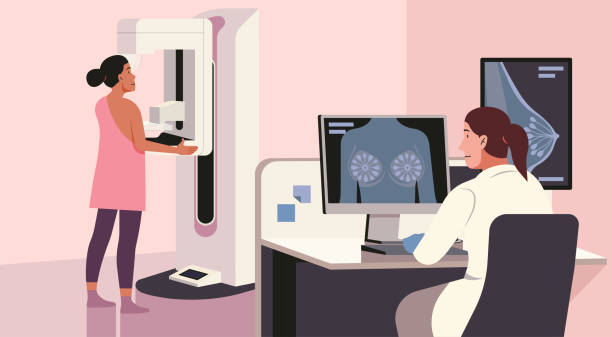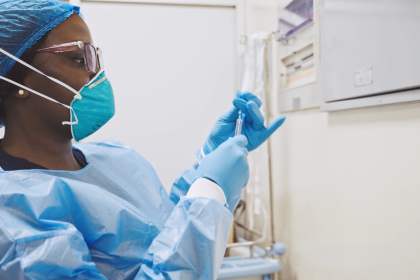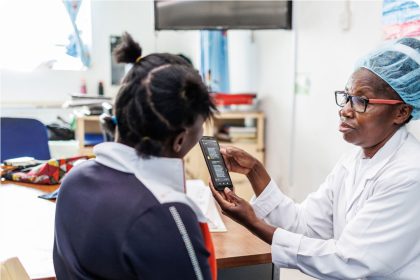Fear, cost, and poor adherence continue to stand in the way of cancer treatment, but now, doctors are betting on personalised care to change that.
Whenever Dr Mukuhi Ng’ang’a meets a new breast cancer patient, she often hears the same heartbreaking calculation: ‘Should I pursue treatment and bankrupt my family, or die so my children have a future?’
Dr Ng’ang’a is a breast surgical oncologist at the Aga Khan University Hospital and says that the dilemma between saving costs or seeking treatment is a reality facing thousands of Kenyan women as breast cancer tightens its grip on the nation.
“I’ve had patients who have actually said, ‘You know what? I acknowledge I have cancer, but if I start treatment, I will debilitate my entire family. I have young children. If I get treated, their future is in jeopardy.’ So, they opt to die so that their children have a future,” she says. “And no one should die from something that is potentially curable.”
Data from the global cancer registry shows that out of 45,000 new cancer diagnoses made in Kenya in 2022, approximately 7,000 were breast cancer cases. Combined with cervical cancer, these two diseases account for nearly 30 per cent of all cancer diagnoses in the country, totalling more than 10,000 women annually.
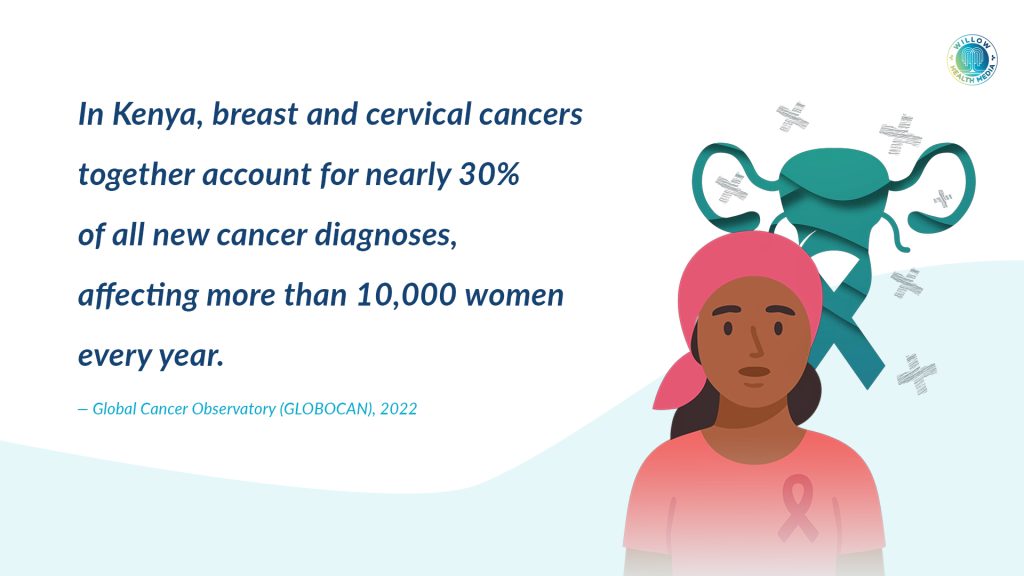
Globally, the World Health Organization (WHO) estimates that by 2022, about 2.3 million women were diagnosed with breast cancer, and around 670,000 died from it.
Breast cancer is one of the most common cancers among women in 157 of 185 countries globally, and while only about 0.5-1 per cent of cases occur in men, the burden of disease varies dramatically by development level.

Breast cancer was considered a disease for women aged over 50 years; now, even women as young as 18 are at risk
In very high Human Development Index (HDI) countries, characterised by generally high levels of life expectancy, education, and income, roughly one in 12 women will be diagnosed and one in 71 will die from breast cancer; whereas in low-HDI countries, about one in 27 will be diagnosed and one in 48 women will die.
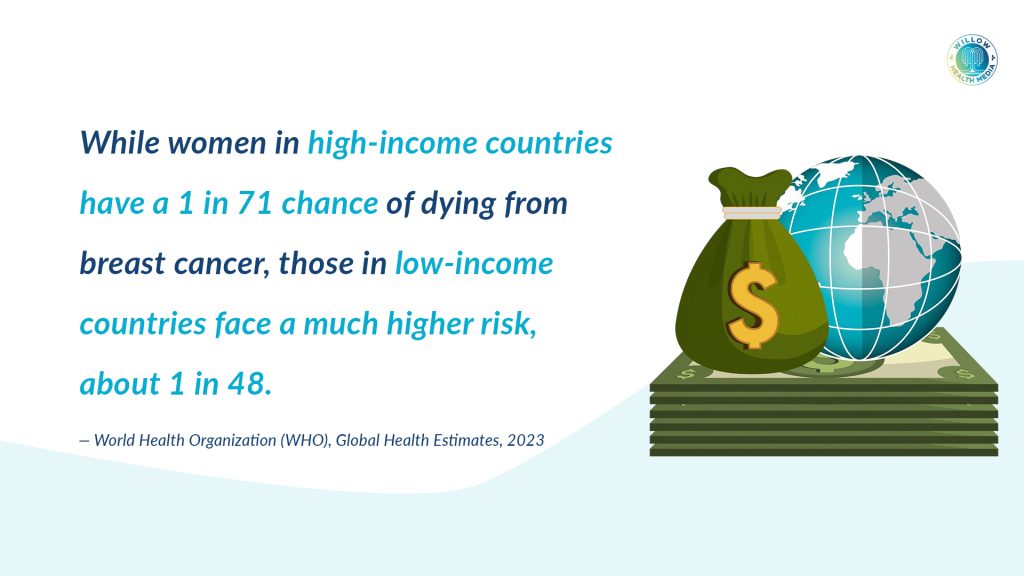
In Kenya, the five most common cancers are breast, cervical, prostate, oesophageal and colorectal, with the risk of developing cancer before age 75 estimated at 18 per cent for women and 14.3 men for men.
“One of the things we have realised in the treatment of breast cancer patients in Kenya is that it is no longer a disease for older women,” Dr Ng’ang’a says, noting that previously it was considered a disease for women predominantly above the age of 50.
“Now, in Kenya, quite a large number of our patients are aged below the age of 50. In fact, we have breast cancer patients as young as 18,” she adds.

This demographic shift has forced rethinking of screening guidelines, which now recommend that screening with a mammogram begin at age 40 instead of 50. Women with a very strong family history of breast cancer are urged to have breast screening adjusted to match their risk profile.
Yet only about 14 per cent of Kenyan women undergo screening, meaning just one out of every 10 women gets tested.
Dr Ng’ang’a identifies three main reasons why women lose out on cancer care as fear, cost, and adherence to treatment.
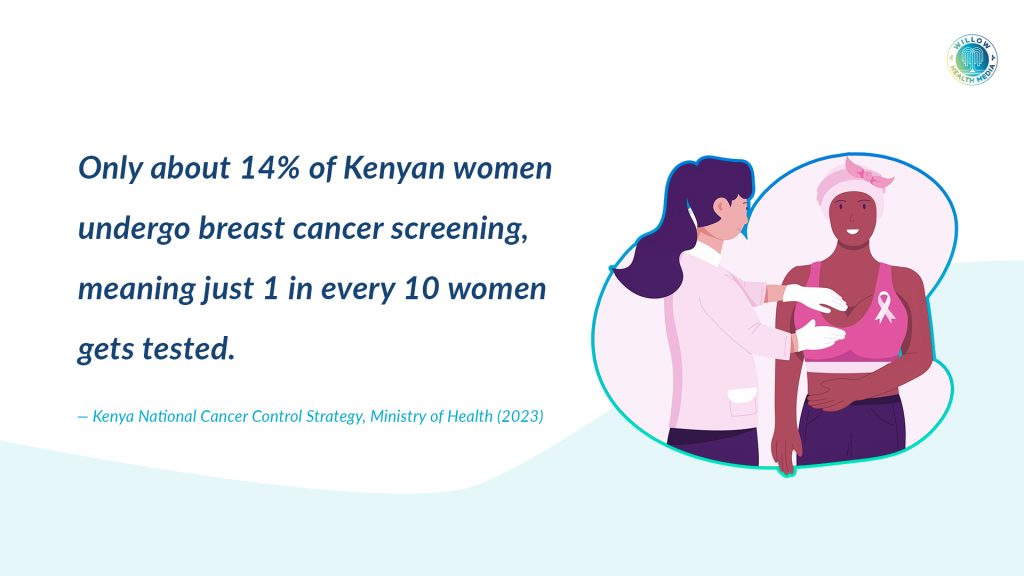
Considering that most women make less than Ksh500 a day, they genuinely cannot afford to save Ksh3,000 for a screening modality
Fear, she says, pushes women away from screening. “Unfortunately, it’s like trying not to find out that you have high blood pressure. You will still have high blood pressure, and by the time you find out, chances are you’ll have had a stroke.”
On expenses, mammography or breast ultrasound costs between Ksh1,500 to Ksh3,000. With most women making less than Ksh500 a day, family income, they genuinely cannot afford to save Ksh3,000 for a screening modality.
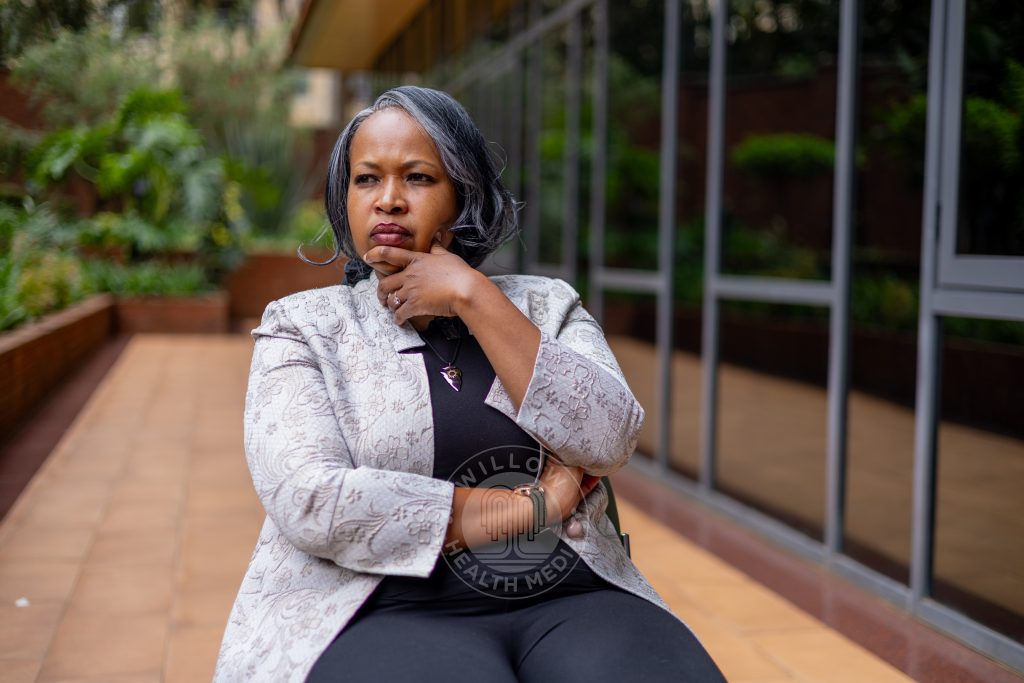
Dr Ng’ang’a further dispels the myth that getting regular mammograms exposes one to cancerous radiation, a belief she says, “is not true.”
With medical advancement, cancer staging has helped doctors provide better treatment.
“Stages one, two, and three are referred to as curable disease, meaning the cancer can be treated,” she says.
Stage four cancer, which was previously considered terminal, is now manageable long-term thanks to advanced treatments, and “we’ve had very good outcomes even in patients with stage four cancer.”
Treatment has also become personalised, with specialists now shifting towards individualised patient care. Each patient has their own treatment plan depending on the type and stage of cancer, with each metric determining if the patient will require chemotherapy, radiation, or surgery.
This notwithstanding, the cost of cancer treatment in Kenya remains devastating, with Dr Ng’ang’a revealing that some regimens cost more than Ksh200,000 per dose. While the Social Health Authority (SHA) provides some coverage, “it does not cover 100 per cent cost for these patients,” says Dr Ng’ang’a.
The Ministry of Health in May this year launched a partnership between SHA and Roche East Africa in which the cost of treatment for breast cancer patients will be capped at Ksh40,000, down from Ksh120,000, with no co-payment required from patients.
The rollout is expected to span all SHA-contracted facilities, including public, faith-based and private hospitals, with key benefits including enhanced access to essential medicines and diagnostics, training of healthcare workers in breast and cervical cancer care and expanded screening and early-detection efforts.
Many cancer patients struggle to afford treatment, opting to raise funds through fundraising, which often affects their treatment schedule
Health Cabinet Secretary Aden Duale said at the time that the partnership would reduce treatment costs towards saving lives, promoting equity, and reinforcing the integrity of Kenya’s healthcare system.
Dr Ng’ang’a says many cancer patients struggle to afford treatment, opting to raise funds through harambee (fundraising), which often affects their treatment schedule.
“When a patient stops treatment for a month or two to raise funds, when they return, we realise that the disease has progressed and the patient is no longer responding to the treatment they started on.”
She, however, points out a direct link between early detection and affordability: “Treating stage one cancer is often cheaper than treating a stage three, simply because the treatment regimen for stage one tends to be less aggressive.”
Despite the challenges, medical advances offer hope, with newer treatments being more accommodating to patients’ needs.
“Previously, everyone got a mastectomy. We even used to remove the muscles on your chest. This has slowly changed as we now no longer have to remove the breast; sometimes you can just remove a lump and leave the breast intact,” she says.
Emerging technologies like cryotherapy, which involves using ice to freeze cancer cells, are being explored, although “cryotherapy is not universally accepted yet.”
Dr Ng’ang’a states that the future of cancer care lies in personalised medicine, with the latest technology enabling experts to identify different characteristics of an individual’s cancer cells so as to design specific treatments.
With Kenya diagnosing approximately 6,799 new breast cancer cases annually and recording about 3,107 deaths from the disease, the stakes couldn’t be higher.
